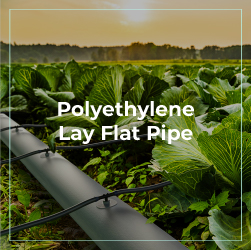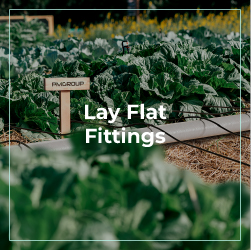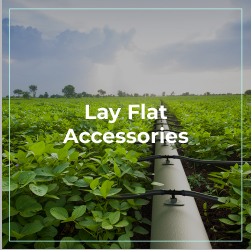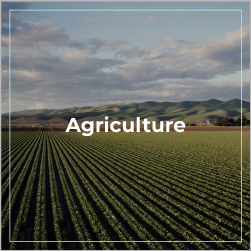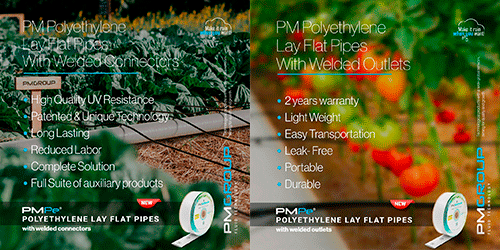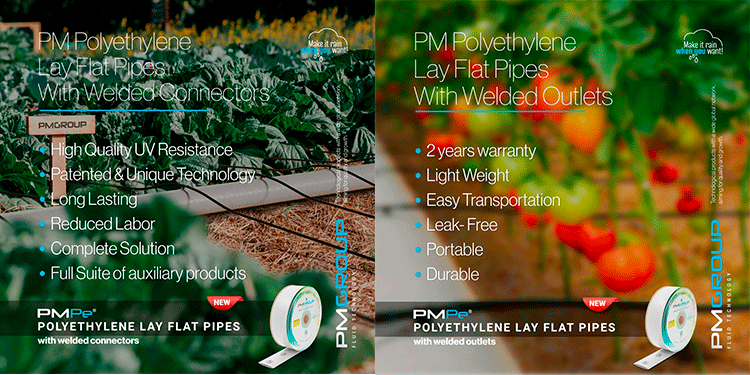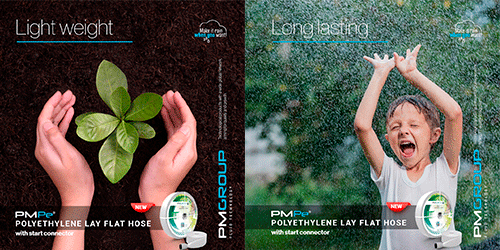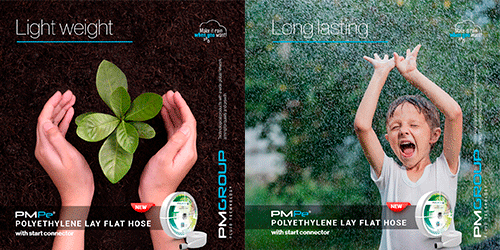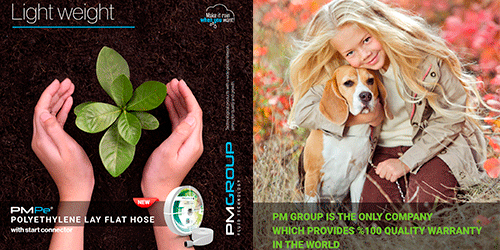In the realm of water transmission solutions, layflat hose have emerged as a highly effective and versatile option. Their flexibility and durability make them ideal for a wide range of applications, from agriculture to construction. This article delves into the key features and benefits of layflat hoses, highlighting why they are a preferred choice for efficient water management.
What is a Layflat Hose?
A layflat hose is a type of hose that, when not in use, can be flattened out, allowing for easy storage and transportation. Unlike rigid hoses, layflat hoses are designed to be lightweight and flexible, making them highly convenient for various water transmission needs. They are typically constructed from layers of reinforced synthetic materials, which provide both strength and flexibility.
Layflat hoses are an essential tool for efficient water transmission, prized for their flexibility and durability. Designed to be easily deployed and rolled up, these hoses are ideal for a range of applications from irrigation to emergency water supply. Their flat design allows for compact storage and straightforward handling, while their robust construction ensures resistance to abrasion and pressure, even in demanding environments. Whether used in agriculture, construction, or firefighting, hoses provide a reliable solution for moving large volumes of water with minimal hassle and maximum performance.
Key Features of Layflat Hoses
- Flexibility: One of the most significant advantages of layflat hoses is their flexibility. They can easily navigate around obstacles and conform to different terrains, which is particularly useful in agricultural irrigation and construction sites.
- Durability: Hoses are built to withstand high pressures and harsh conditions. Their construction usually includes multiple layers of synthetic materials and reinforcement fibers, ensuring they can handle the demands of heavy-duty water transmission.
- Lightweight Design: The lightweight nature of hoses makes them easy to handle and deploy. This characteristic is especially beneficial for operations that require frequent movement and setup, such as firefighting and landscape irrigation.
- Easy Storage: When not in use, layflat hoses can be rolled up and stored compactly. This space-saving feature is advantageous for both residential and commercial applications where storage space may be limited.
Applications of Layflat Hoses
- Agriculture: In agricultural settings, layflat hoses are used for irrigation systems to deliver water efficiently across fields. Their flexibility allows for easy installation and adjustment, ensuring optimal water distribution.
- Construction:Hoses are essential in construction sites for dewatering and transferring water. Their ability to handle high-pressure flows makes them suitable for managing water from excavation and other construction activities.
- Firefighting: Fire departments rely on hoses for their fire suppression operations. The hoses’ ability to withstand high pressures and their easy handling make them an indispensable tool in emergency situations.
- Landscaping: Landscaping professionals use hoses for irrigation and water distribution. Their lightweight and flexible design facilitate the watering of gardens and large green spaces.
Choosing the Right Layflat Hose
Layflat hoses offer a practical and versatile solution for water transport, combining flexibility with exceptional durability. These hoses are engineered to lie flat when not in use, making them easy to store and transport without taking up excessive space. Their construction features high-quality materials that withstand wear and tear, ensuring long-lasting performance even under high-pressure conditions. Ideal for various applications such as agricultural irrigation, industrial water transfer, and firefighting, layflat hoses deliver efficient water flow while being resistant to kinking and abrasion. Their ease of deployment and reliable operation make them a valuable asset in both routine and emergency water management scenarios.
When selecting a hose, consider factors such as the required pressure rating, hose length, and material compatibility. Ensuring that the hose meets the specific demands of your application will enhance performance and longevity.
Layflat hoses offer a combination of flexibility, durability, and ease of use that makes them an excellent choice for various water transmission applications. Whether for agricultural irrigation, construction dewatering, firefighting, or landscaping, their benefits are clear. By understanding the key features and applications of hoses, you can make an informed decision and ensure efficient and effective water management for your needs.

